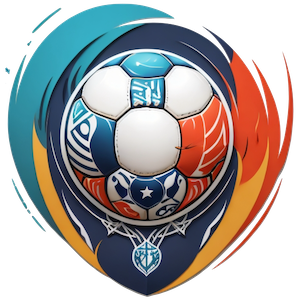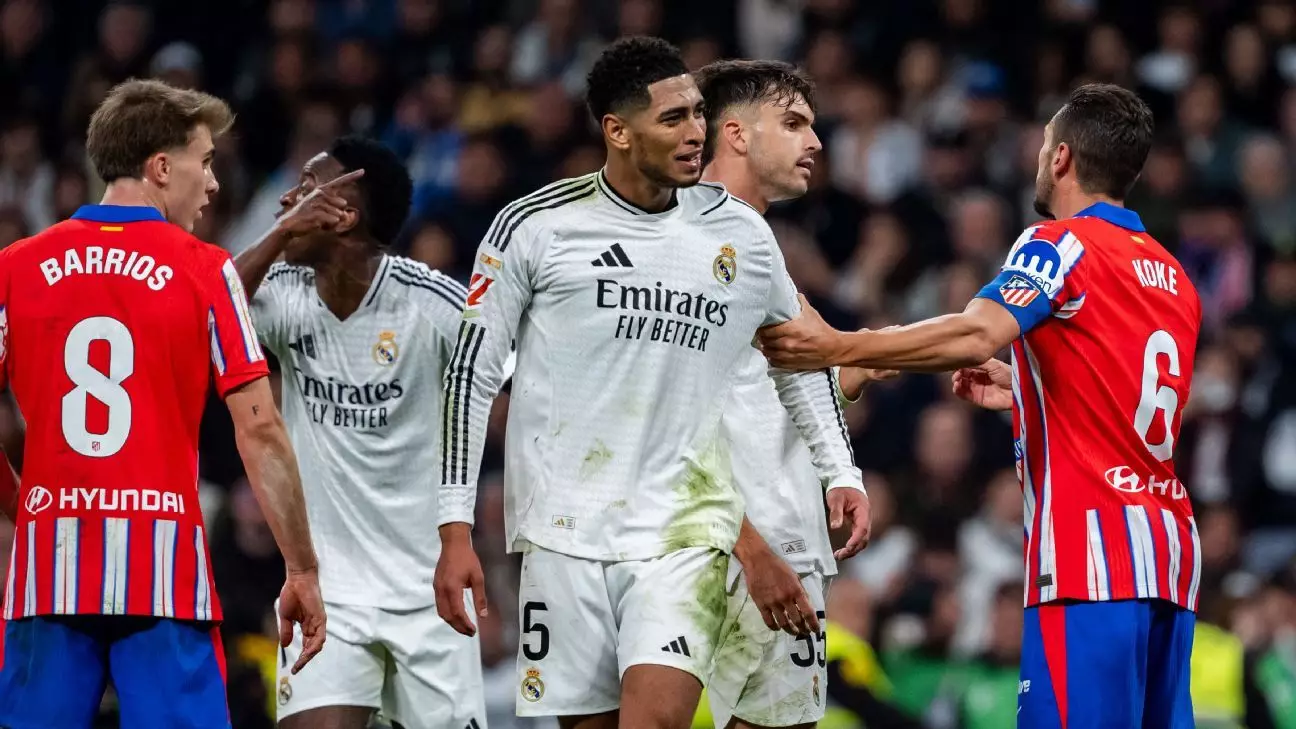The UEFA Champions League is one of the most prestigious football tournaments in the world, drawing significant attention from fans and analysts alike. The recent draw for the round of 16, held on February 21, revealed matchups that will define the tournament’s next phase. What truly makes this draw intriguing is the new structure introduced this season, which has not only changed how teams advance but also added layers of complexity regarding matchups and seedings.
In this season’s format, the final league positions significantly influenced team placements. The top eight clubs from the league phase automatically progressed to the knockout stage, while teams ranked ninth through 24 participated in a playoff to secure remaining places in the round of 16. This segmentation underscores the competitive nature of the tournament and rewards consistent performance over the group stages. Moreover, understanding the implications of these rankings is crucial for teams aspiring to reach the latter stages of the competition.
With the draw in place, eight teams that succeeded in the preliminary knockout round have emerged to face the seeded teams. The matchups are tantalizing, featuring heavyweight clashes such as PSG versus Liverpool and Real Madrid against Atletico Madrid. Each match will take place over two legs, with the first round on March 4-5 and the return legs on March 11-12. This format amplifies the drama as clubs vie for tactical advantages in each leg while also managing the pressures that accompany such high-stakes encounters.
The strategic layout of the knockout bracket reflects an interesting balance. The top half showcases formidable teams like Real Madrid, Liverpool, and PSG, creating an intimidating array of competition. Conversely, the bottom half appears somewhat softer, with Barcelona being the prominent name among teams that made the cut. This disparity is particularly crucial for clubs like Arsenal and Atletico Madrid, who now have to navigate through ostensibly tougher opponents to reach the quarterfinals.
A pivotal aspect of this season’s Champions League is the newly instituted seeding system, which has redefined how teams are positioned within the knockout bracket. Unlike previous seasons, where draws determined matchups, the new format aligns teams based on their league finish. This allows clubs to avoid facing their strongest rivals too early in the tournament, with Liverpool and Barcelona, for instance, only possible opponents in the finals if both continue their respective campaigns unscathed.
Such a system provides a tactical edge and generates substantial excitement for fans, as the potential pathways to the final become clearer. Analysis of the bracket shows the strategic implications this seeding creates. For example, Arsenal could face the winner of the Real Madrid vs. Atletico Madrid clash in the quarterfinals, a scenario that demands both tactical preparation and adaptability.
Following the round of 16, teams will encounter additional hurdles in the quarterfinals, which will take place on April 8-9 and April 15-16. Should they advance, the semifinals are slated for April 29-30 and May 6-7, leading up to the grand finale on May 31 at the Allianz Arena in Munich. Each of these upcoming stages will require clubs not only to showcase their skills on the pitch but also a deep understanding of their opponents’ tactics and strategies.
The revamped structure of the UEFA Champions League has added an intriguing layer of complexity to one of football’s most celebrated competitions. The combination of strategic grouping, seeded placements, and the elevated stakes associated with each knockout round creates an exhilarating narrative that will unfold over the coming months. Fans and analysts alike will be keenly watching how these dynamics play out, knowing that every match could indeed redefine the landscape of European football for the season ahead.

